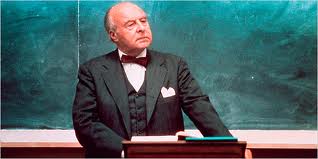We’re having the wrong conversation about higher education in our country.As reviewed in the New York Times, “So argues Suzanne Mettler in her provocative new book, “Degrees of Inequality,” based onthe eight years she spent studying a college system that she argues works well for those born into well-off families but few others. Tuition rates of $50,000 or more at private four-year colleges? The trillion-plus dollars Americans collectively owe on college loans? In Mettler’s telling, those should be the least of our worries when considering the “caste system” that is now higher education in the United States.
“The picture Mettler offers of the postsecondary-education landscape in the United States is not pretty. Looking past the top stratum of elite colleges that normally dominate discussions of higher education (Mettler herself is a professor of government at Cornell University), she chronicles the deterioration of the country’s once-vaunted state college system, where a majority of students pursuing a postsecondary degree are enrolled. She bemoans the fact that the community colleges, which play a central role in educating the “less advantaged,” must beg for money, and she lays into for-profit colleges like the University of Phoenix, the largest of the 1,000 or so of these institutions that have sprouted up in recent years.
“For-profit colleges are the true bad guys in this tale. Though their “ardent defender,” the Republican Party, contends that the schools provide “meaningful opportunities for low-income and minority students,” Mettler mounts a persuasive case that something like the opposite is true: These institutions are generally more skilled at getting rich off those living in the lower economic reaches than they are at preparing them for the job market. She has mined congressional reports, newspaper accounts and academic studies, piling up example after example of recruiters who’ll say practically anything to enroll a student, any student, in their programs, resulting in graduation rates not even close to those of traditional colleges. Continue reading ““Degrees of Inequality””





